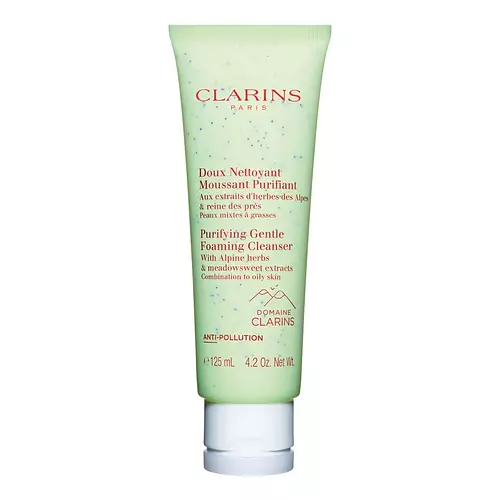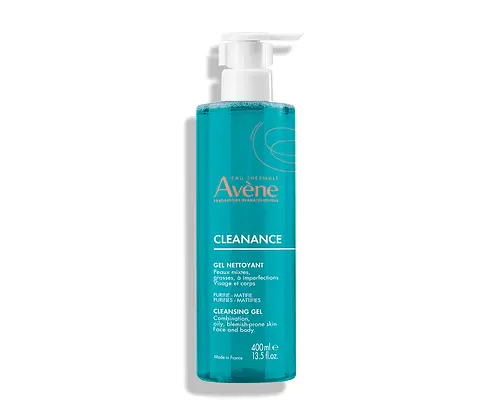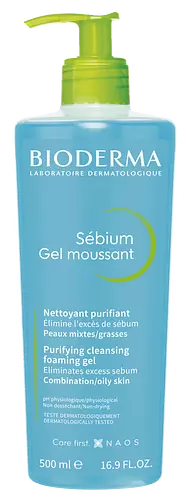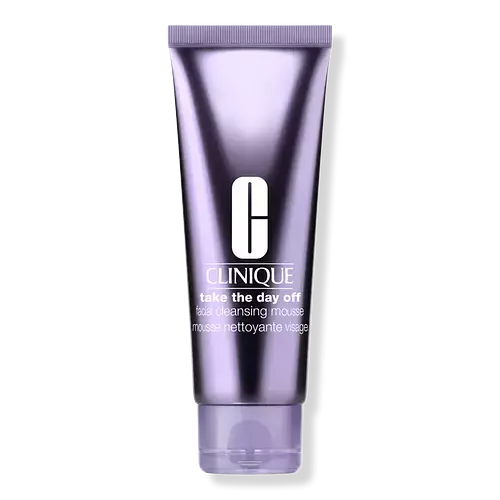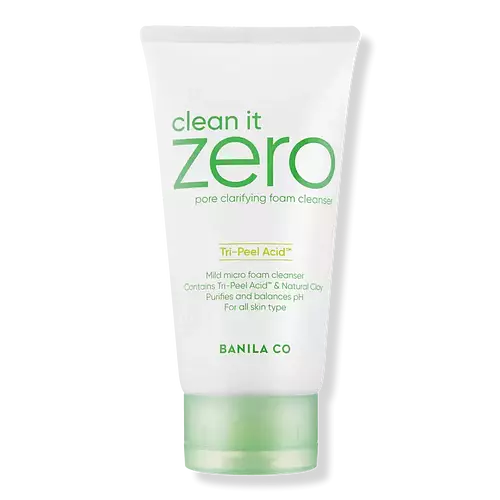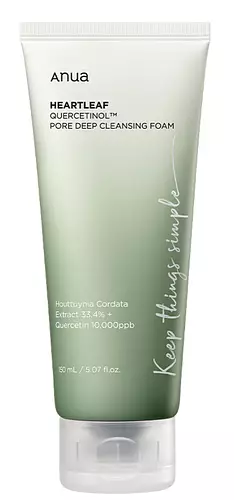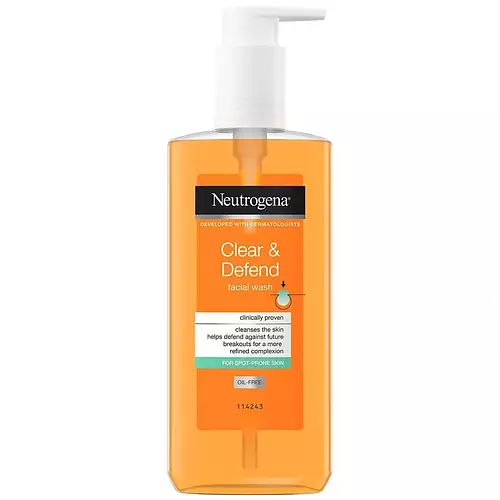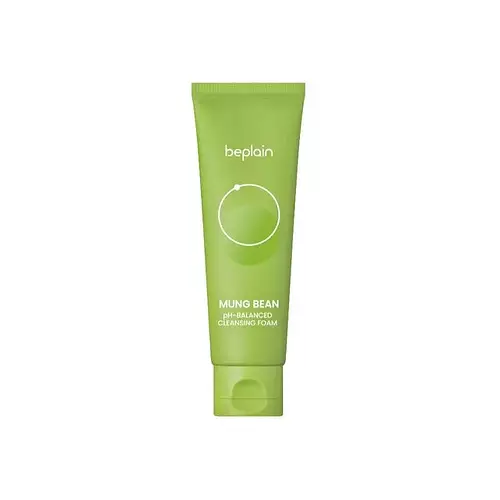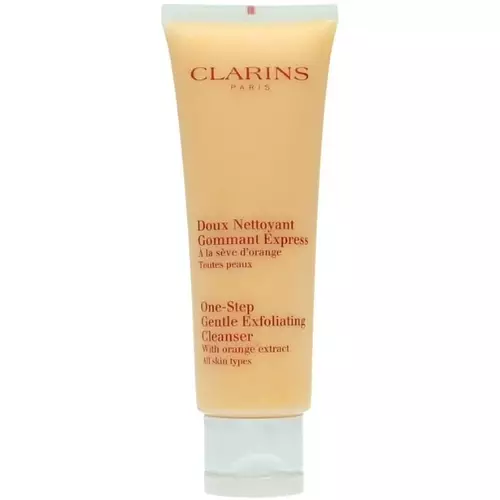Dermalogica Clear Start Breakout Clearing Foaming Wash - 6.0 oz Versus Clarins Purifying Gentle Foaming Cleanser
Updated on August 09, 2024
Overview
What they are
These products are both vegan and reef safe face cleansers. They have a total of 3 ingredients in common
Suited For
They're both likely to be good for brightening skin and reducing pores
Free From
They both do not contain any parabens, silicones or sulfates
What's Inside
They both contain fragrances
We independently verify ingredients, and our claims are backed by peer-reviewed research. Spot a product that needs an update? Let us know.
Ingredient Info
Dermalogica Clear Start Breakout Clearing Foaming Wash 20 ingredients
Clarins Purifying Gentle Foaming Cleanser 37 ingredients
At a glance
Click on any of the items below to learn more
Dermalogica Clear Start Breakout Clearing Foaming Wash 20 ingredients
Clarins Purifying Gentle Foaming Cleanser 37 ingredients
Notable Ingredients
This product contains 1 ingredient that may have this attribute:
Benefits
This product contains 3 ingredients that may have this attribute:
This product contains 1 ingredient that may have this attribute:
This product contains 1 ingredient that may have this attribute:
This product contains 2 ingredients that may have this attribute:
This product contains 1 ingredient that may have this attribute:
This product contains 1 ingredient that may have this attribute:
This product contains 2 ingredients that may have this attribute:
This product contains 1 ingredient that may have this attribute:
Concerns
This product contains 1 ingredient that may have this attribute:
This product contains 1 ingredient that may have this attribute:
This product contains 1 ingredient that may have this attribute:
This product contains 1 ingredient that may have this attribute:
This product contains 2 ingredients that may have this attribute:
Benefits
This product contains 1 ingredient that may have this attribute:
This product contains 1 ingredient that may have this attribute:
Concerns
This product contains 2 ingredients that may have this attribute:
This product contains 1 ingredient that may have this attribute:
Ingredients Side-by-side
Ingredients Explained
These ingredients are found in both products.
Ingredients higher up in an ingredient list are typically present in a larger amount.
Water. It's the most common cosmetic ingredient of all. You'll usually see it at the top of ingredient lists, meaning that it makes up the largest part of the product.
So why is it so popular? Water most often acts as a solvent - this means that it helps dissolve other ingredients into the formulation.
You'll also recognize water as that liquid we all need to stay alive. If you see this, drink a glass of water. Stay hydrated!
Learn more about WaterButylene Glycol (or BG) is used within cosmetic products for a few different reasons:
- It is a solvent, meaning that it helps to dissolve other ingredients. This also enhances the absorption of the product into one's skin.
- It is a humectant, which means that it helps attract moisture into the skin.
- It helps improve product application.
Overall, Butylene Glycol is a safe and well-rounded ingredient. It is unlikely to irritate skin, and works well with pretty much all other ingredients.
We don't have a description for Spiraea Ulmaria Extract.
Ingredient Ratings
Here's what our community thinks of the ingredients in these products.
When to use
Dermalogica Clear Start Breakout Clearing Foaming Wash 20 ingredients
Clarins Purifying Gentle Foaming Cleanser 37 ingredients
Reviews
Here's what our community thinks
Dermalogica Clear Start Breakout Clearing Foaming Wash 20 ingredients
Clarins Purifying Gentle Foaming Cleanser 37 ingredients
Sara
One of my favorite products of all time. It works amazing for oily and acne-prone skin, being super hydrating and not stripping at all, but without...
One of my favorite products of all time. It works amazing for oily and acne-prone skin, being super hydrating and not stripping at all, but without breaking you out. It has this very likeable buttery consistency with some blue particles that will help exfoliate your skin very softly, melting once you rub them against your skin, so It won't damage your skin barrier at all like other harsh physical exfoliants. And the best part is the smell: It really improves the afterwards feeling of cleanliness. But beware sensitive skins, because it has some fragrance.
The only thing that bothers me is the relation between the consistency and the packaging. At first you think it's great because the thickness of the product will always get you the right amount of it without making a mess like it happens when a cleanser in a packaging like this is too runny. But once you're close to finishing the bottle you will find out how difficult it is to get it out due to the hardness of the plastic. I always end up cutting the bottle and putting it on a jar myself to scoop it with a little spoon. So maybe, this kind of formula would benefit way more from a metallic container like other products with a thick consistency, kinda like the viral hand cream from L'Occitane.
.png)
